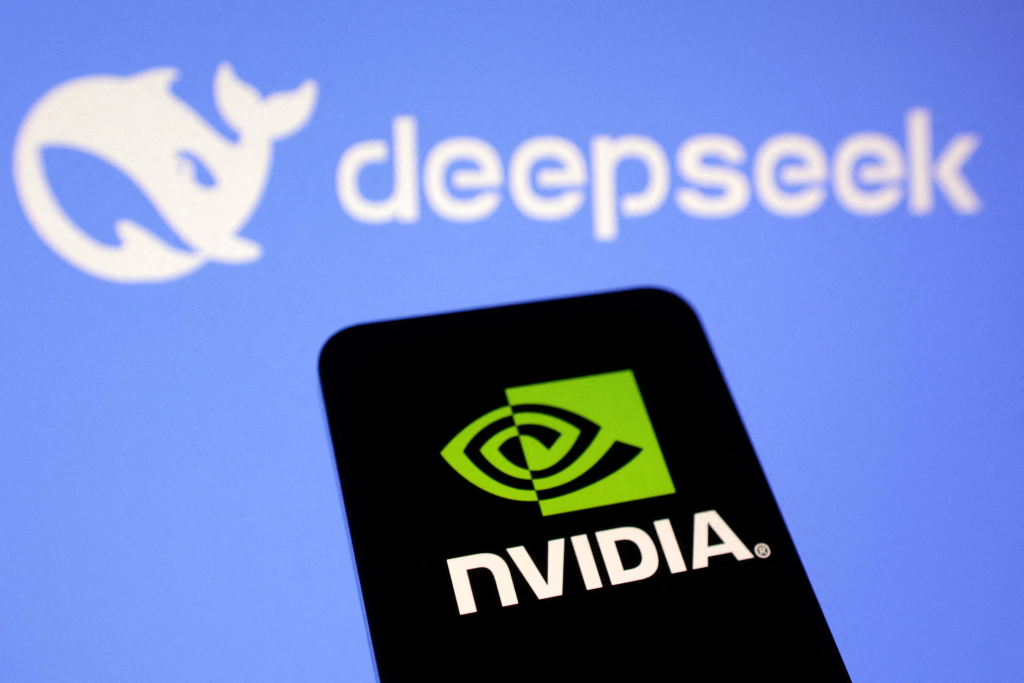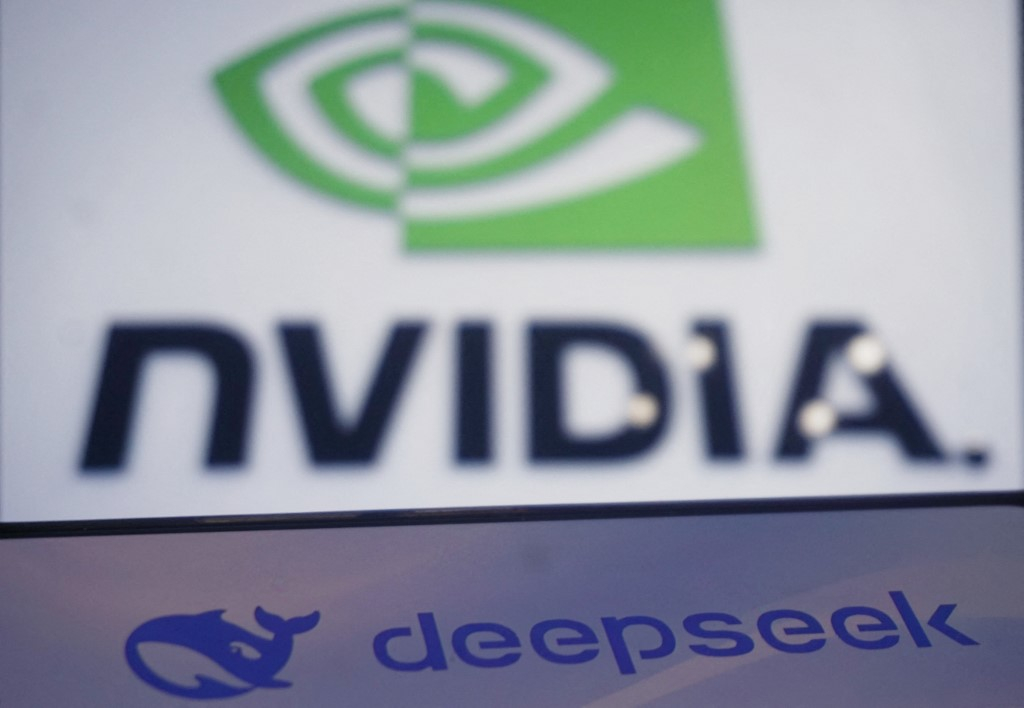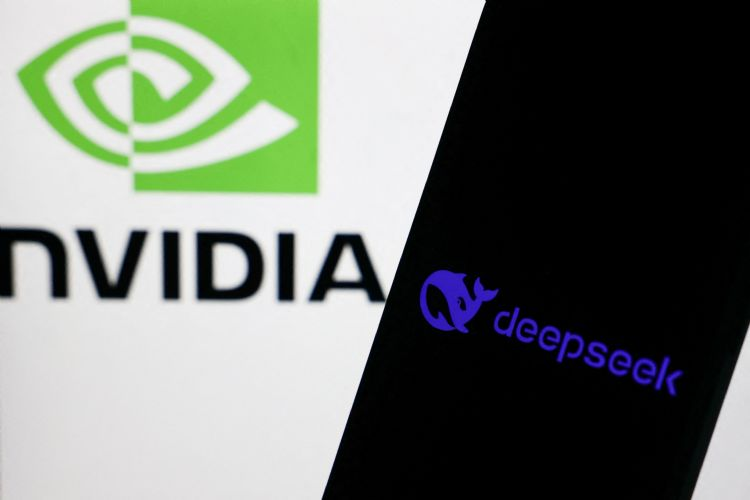As a Marketing Manager, I’ve spent the last few weeks immersed in the fallout from DeepSeek’s explosive entrance onto the AI scene. The impact has been nothing short of seismic, sending shockwaves through Wall Street and forcing a global reassessment of the AI landscape. The narrative, however, is far more nuanced than a simple “David vs. Goliath” story. It’s a complex tale of technological innovation, geopolitical tensions, and the volatile nature of the market itself.

The initial shock came on January 27th, 2025. The release of DeepSeek‘s latest AI model triggered a historic plunge in Nvidia‘s stock price. This has been wiping out nearly $600 billion in market capitalization in a single day – the largest single-day drop in US stock market history. This wasn’t just an Nvidia problem. The broader AI sector felt the tremors, with significant losses across the board. The Nasdaq, a tech-heavy index, also experienced a sharp decline. The sheer magnitude of the event prompted immediate speculation. Its headlines screaming about a Chinese AI “Sputnik moment” and the potential end of American AI dominance.
But what exactly is DeepSeek, and why did it cause such a dramatic market reaction? DeepSeek, a relatively unknown Chinese startup, developed an AI model that. According to numerous reports, achieved performance comparable to leading AI systems, but at a fraction of the cost. This is the crux of the issue. While US companies like Nvidia have focused on developing increasingly powerful, and expensive, hardware (GPUs) to fuel AI development. DeepSeek seemingly found a way to achieve comparable results with less powerful, and more readily available, hardware. This challenges the very foundation of Nvidia’s business model, which relies on the high demand for its high-margin, specialized GPUs.
The implications are far-reaching. If DeepSeek’s approach proves scalable and replicable, it could significantly reduce the cost of AI development. This has been opening up the field to a wider range of players and potentially disrupting the existing market dynamics. For Nvidia, this translates to a potential decrease in demand for its high-end GPUs, impacting its revenue streams and its stock valuation.

The market reaction, however, was arguably overblown. While DeepSeek’s achievement is undeniably impressive, it’s crucial to avoid hyperbole. The long-term effects of this technology are still uncertain. Many analysts are questioning the sustainability and scalability of DeepSeek’s model. Furthermore, the initial reports often lacked detailed technical information, fueling speculation and exacerbating market anxieties.
The event also highlights deeper geopolitical tensions. The AI race between the US and China is intensifying, and DeepSeek’s success is viewed by some as a significant blow to American technological leadership. President Trump’s call for a “laser focus” on competing with DeepSeek underscores this concern. The incident has sparked debates about national security implications and the need for greater investment in domestic AI research and development.
From a marketing perspective, the DeepSeek event serves as a powerful case study. It illustrates the vulnerability of even the most dominant players in a rapidly evolving technological landscape. It also underscores the importance of effective communication and risk management in the face of disruptive innovation. Nvidia’s response to the crisis, including CEO Jensen Huang’s meeting with President Trump. He highlights the strategic importance of navigating both market fluctuations and geopolitical considerations.
The long-term consequences of DeepSeek’s emergence remain to be seen. While the initial market reaction was dramatic, it’s too early to definitively declare a winner or loser in this ongoing AI battle. The story is far from over. DeepSeek’s success has undoubtedly shaken the foundations of the AI industry, forcing a reevaluation of existing strategies and prompting a renewed focus on innovation and cost-effectiveness.

The competition is fierce, and the stakes are high. This is more than just a technological rivalry. It’s a global race with significant economic and geopolitical ramifications. The coming months and years will be critical in determining the ultimate impact of DeepSeek and shaping the future of artificial intelligence. As a marketing manager, I am closely monitoring the situation, analyzing the data, and preparing for whatever the future holds in this rapidly evolving field. The DeepSeek phenomenon serves as a potent reminder of the unpredictable nature of innovation and the need for constant adaptation in the ever-shifting landscape of the global market.





